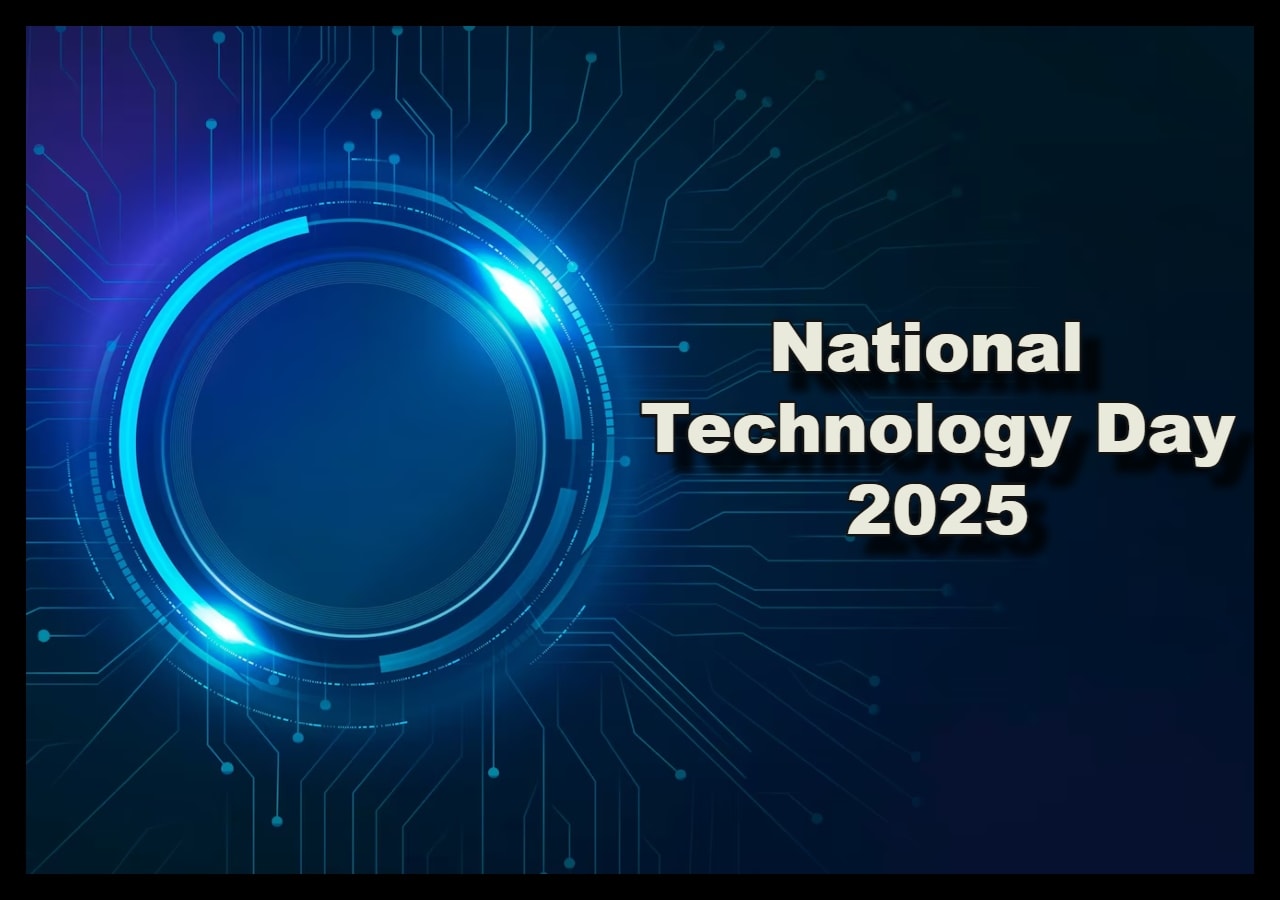The future of nuclear energy is aimed at not depending on huge fixed facilities, but on floating plants, capable of moving and adapting to the needs of the moment. In fact, the company that started is revolution, Core Power, wants to take a step further.
Short. The main challenge of nuclear reactors are high costs and long construction times in fixed infrastructure. Therefore, Core Power has announced the development of floating nuclear plants with a modular and mobile design. In addition, they have gone a step further using an advanced fourth generation reactor based on molten salts, with the intention of building these mass units and offering nuclear energy more flexible and efficiently.
Market from 2030. although the reactor of molten salts began to develop in 1950, now thanks to its characteristics of compact and mechanically simple design it is consolidating for floating nuclear energy. In addition, this type of reactor offers several advantages in front of traditional models: its modular design allows mass manufacturing, which could significantly reduce costs and construction time. It should be added that molten salts reactors operate at higher but atmospheric temperatures, which makes them more secure and easy to maintain.
Safer. This type of reactors has a passive cooling system, which does not depend on external pumps. In case of emergency, it cools naturally without the need for human intervention. They also do not require pressurization, which further increases operational security. Nuclear fuels can also be recycled or filtered from the molten and automatically replaced liquid, which makes the reactor need for refueling during its useful life.
Floating nuclear. Being installed in ships does not have the bureaucratic complications associated with obtaining construction permits and fixed areas. By this way, floating plants can be placed near areas of maximum energy demand, ensuring a constant electricity supply. And if the energy needs of a region change or if the political climate becomes unstable, these floating centrals can be disconnected and moved to another area.
This design is not only flexible in terms of location, but also in terms of functions. In addition to generating electricity, floating plants can be used to desalination water and produce green hydrogen.
The challenges. Despite the great advantages, this type of technology faces several challenges. One of the main is the high initial cost of development and construction, because the required investment is significantly higher. However, mass production will reduce long -term costs. In addition, there are still doubts about the viability of long -term maintenance and the possible technical problems derived from the use of these plants in the maritime environment.
Another aspect to consider is public acceptance and international regulations. Although floating plants do not need traditional permits for fixed nuclear plants, they could still face regulatory barriers in different countries. Regulations on safety, maritime safety and nuclear waste management could complicate the global implementation of this technology.
Forecasts Despite the ambition of the project, the truth is that the real impact of this technology is yet to be seen. In addition to generating electricity, these plants could play an important role in commercial propulsion and help in other areas as you mention the desalination and production of green hydrogen. Time will say if these innovative solutions can really transform the global energy panorama while minimizing environmental impacts that are traditionally associated with nuclear energy.
Imagen | Core Power
WorldOfSoftware | The future of energy is floating in the Arctic: the ace under Russia’s sleeve is a nuclear plant












